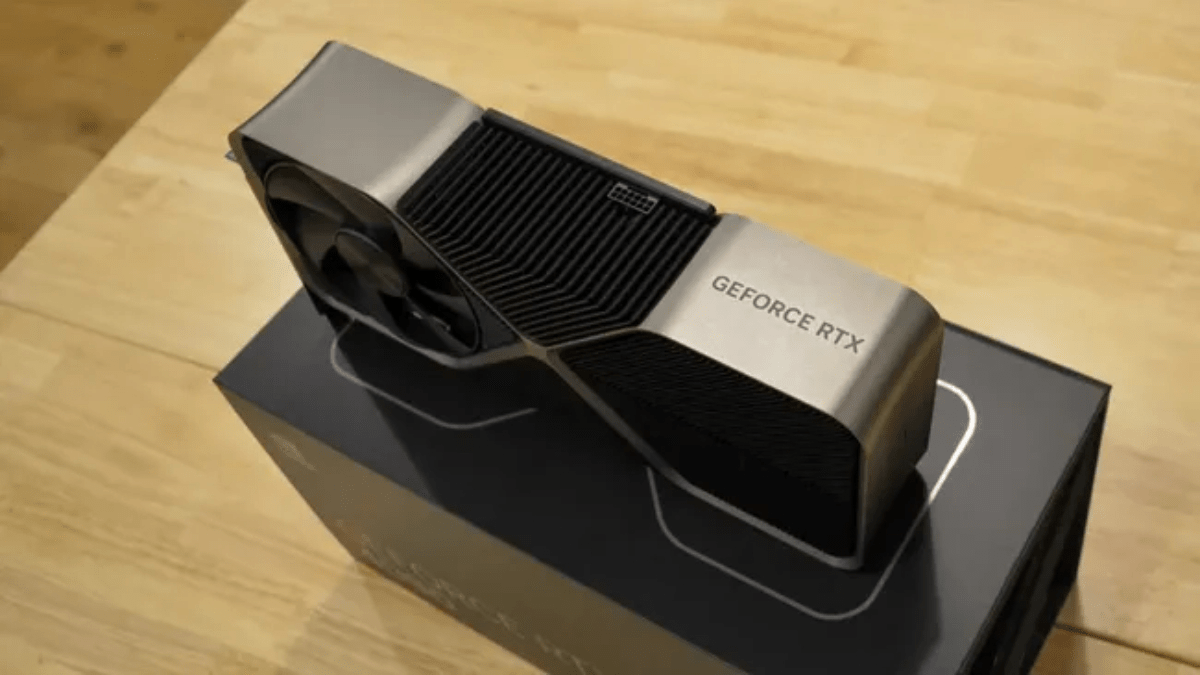The fearless modders at Teclab have concocted what can only be described as a ‘FrankenGPU’—an RTX 4090 Super that’s a significant leap faster than the stock Lovelace flagship graphics card.
You might remember the long-standing rumors about an RTX 4090 Ti, before the Super variants for Lovelace stole the spotlight. Well, Teclab has brought that dream to life—sort of.
What Makes This Beast Tick?
According to Wccftech, this ‘RTX 4090 Super’ is 13% faster than the standard RTX 4090. It’s essentially an AD102 GPU (the chip in the RTX 4090) mounted on a circuit board from an RTX 3090 Ti, with video RAM from an RTX 4080 Super. Specifically, the board is a Galax RTX 3090 Ti HOF OC model, a high-end board designed for robust overclocking. This monster mash includes GDDR6X VRAM from the RTX 4080 Super, cranked up to 24Gbps.
With the VRAM juiced up to nearly 26Gbps and a host of other tweaks, this souped-up RTX 4090 clocked in at 13% faster in the Unigine Superposition benchmark at 8K resolution compared to a regular RTX 4090. And with the GPU overclocked to a whopping 3GHz, that lead jumped to 16%—a substantial boost for a ‘Super’ version of a graphics card.
This experiment from Teclab is a fascinating glimpse into what might have been if Nvidia had decided to give the highest-end Lovelace GPU the Super treatment instead of stopping at the RTX 4080 Super. Not that the RTX 4090 needed any help—it’s already a powerhouse, arguably more than sufficient for the next-gen as well. But as we look ahead to the upcoming Blackwell graphics cards, even more powerful flagships are on the horizon.
If the rumors hold true, we’ll see the RTX 5090 later in 2024, possibly alongside the RTX 5080, which might even hit the market first. Teclab’s mod shows us just how impactful faster video RAM can be, and Blackwell promises to push the envelope further with cutting-edge GDDR7 memory. This new memory is expected to hit 28Gbps (or even faster) and brings a slew of performance enhancements that have already generated considerable excitement.
So, if you’re drooling over the thought of what a fully maxed-out GPU could do, Teclab’s creation is a tantalizing taste of the future.


